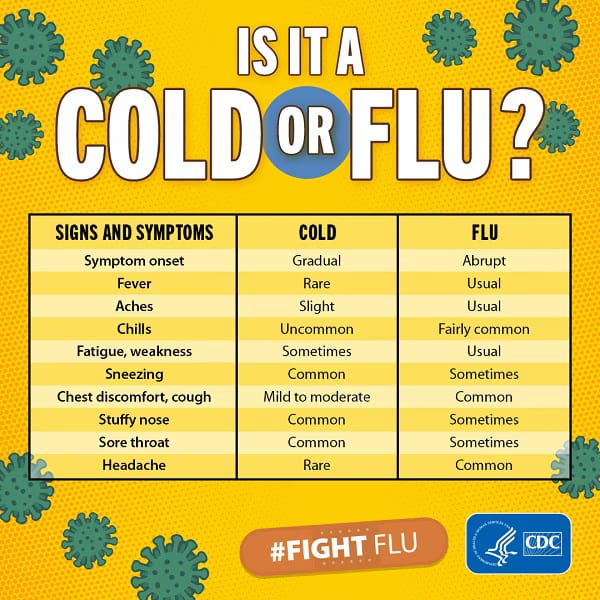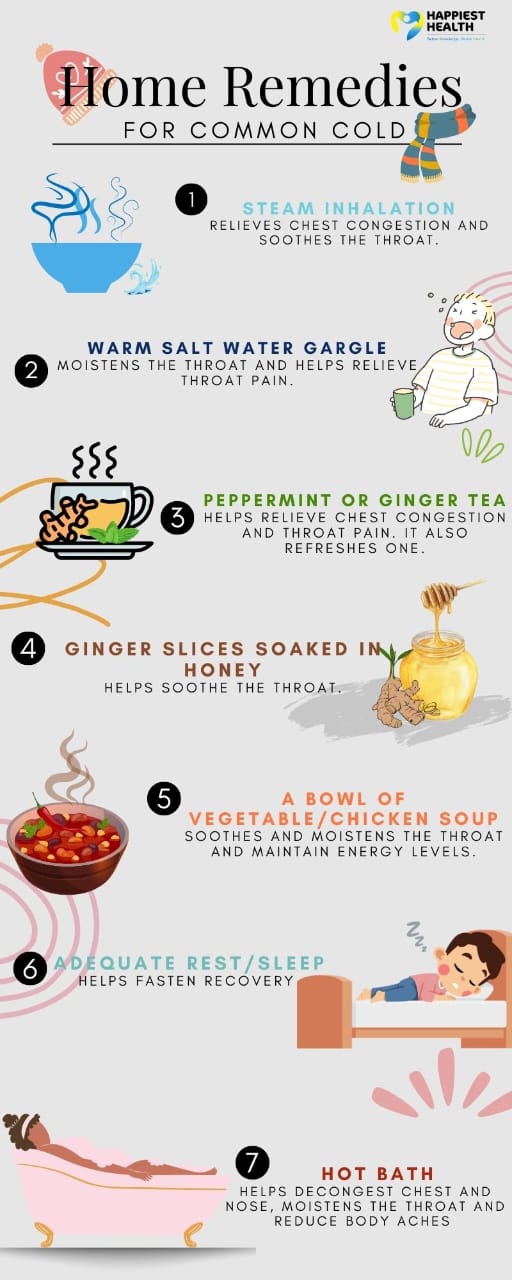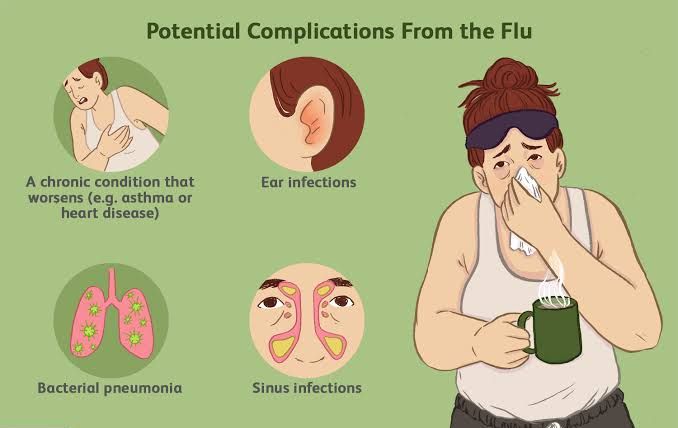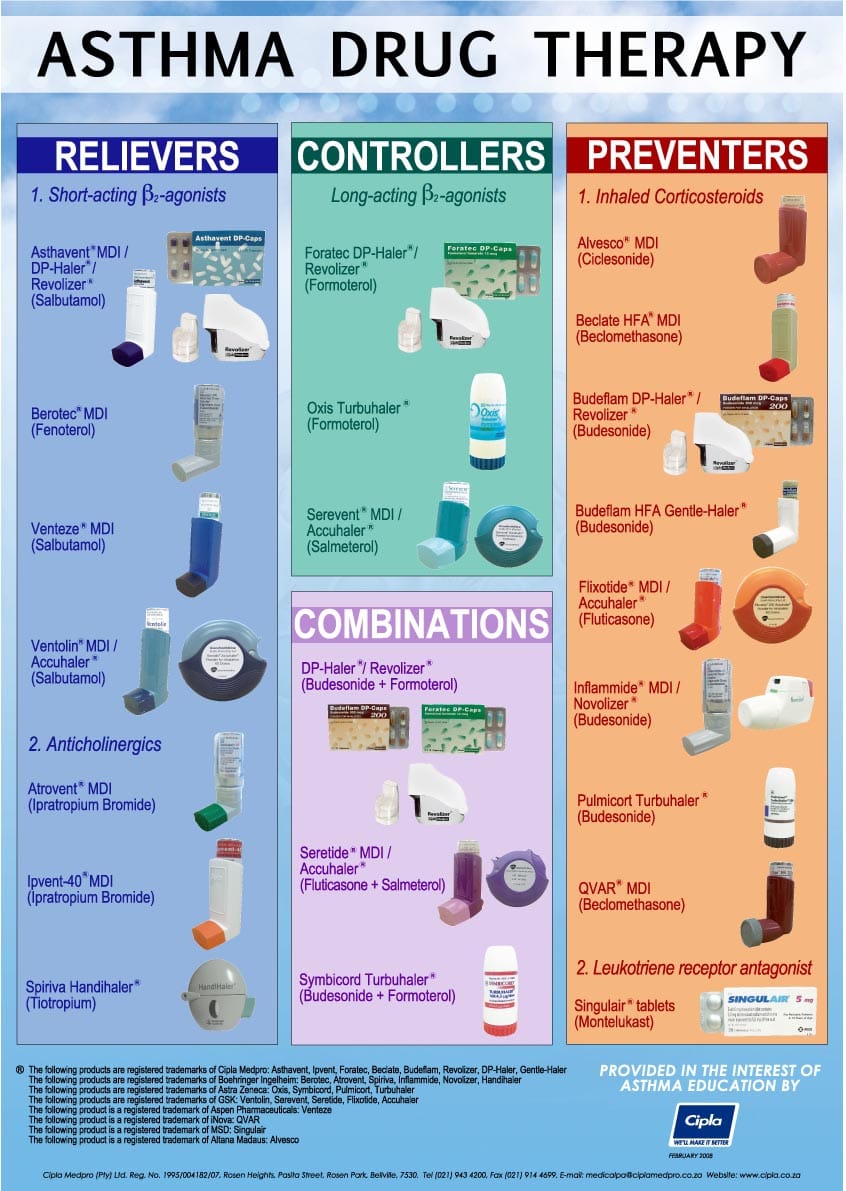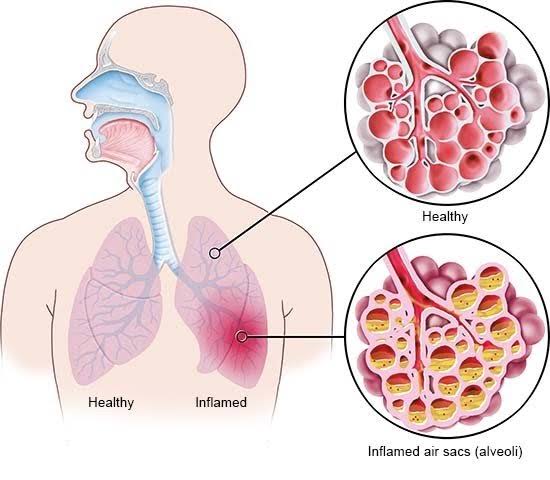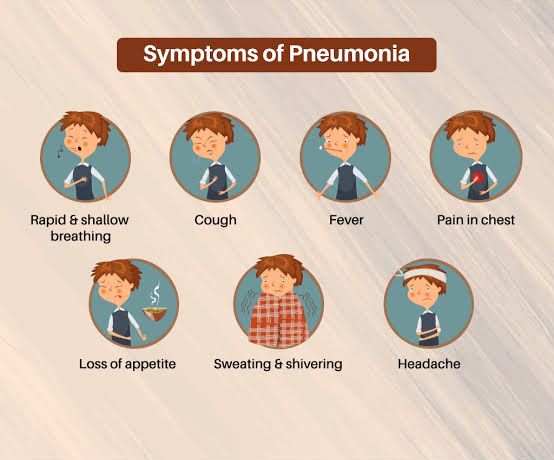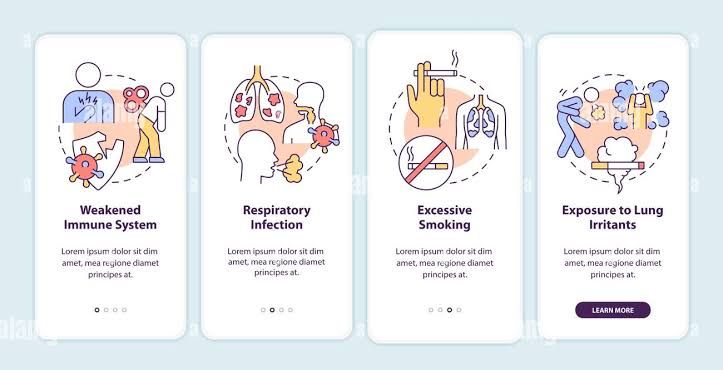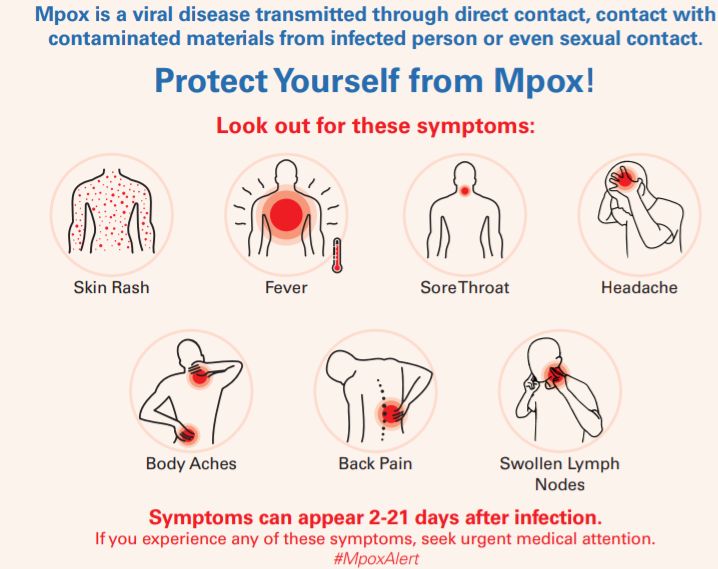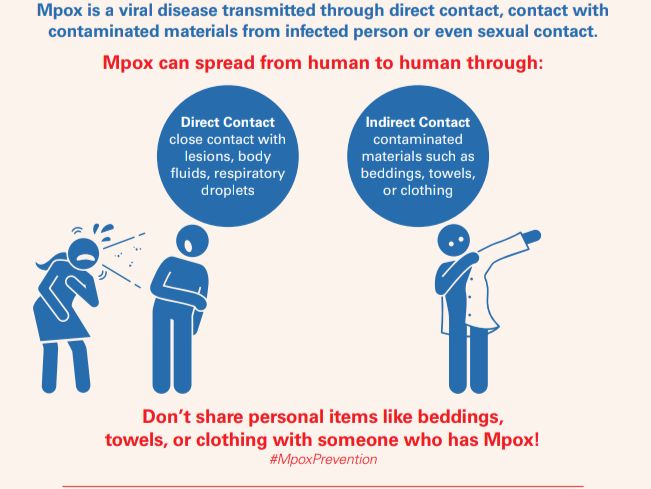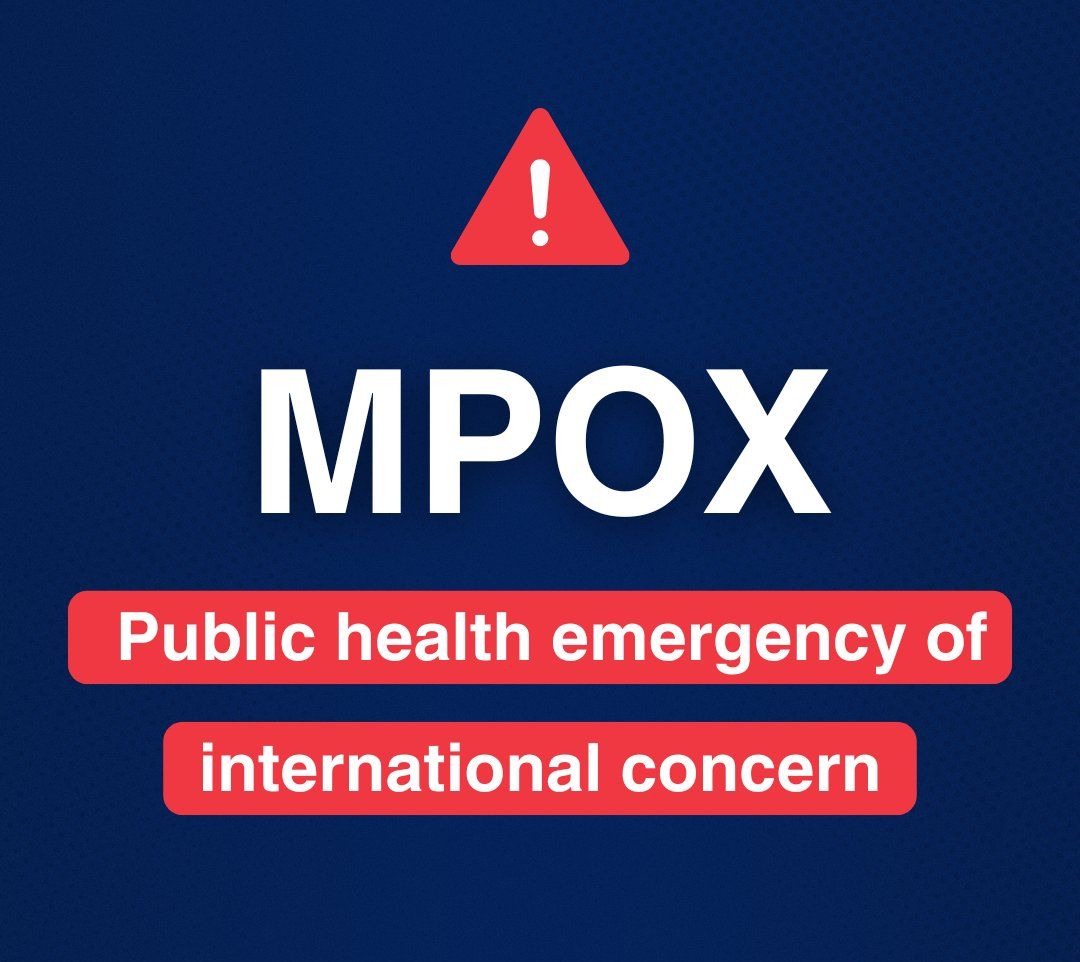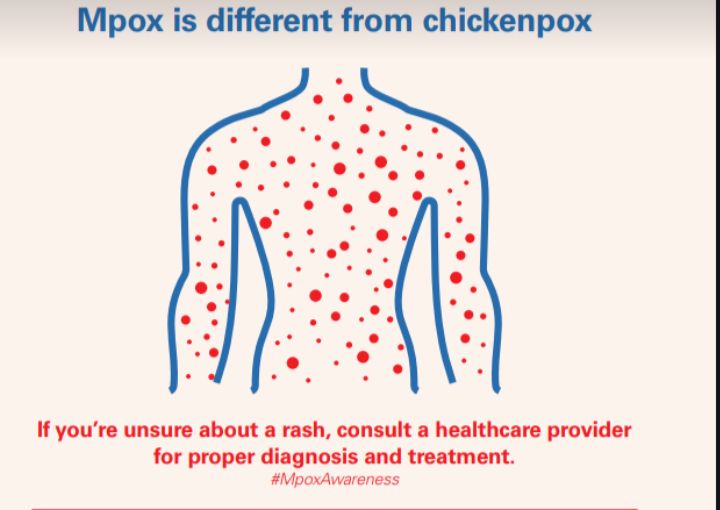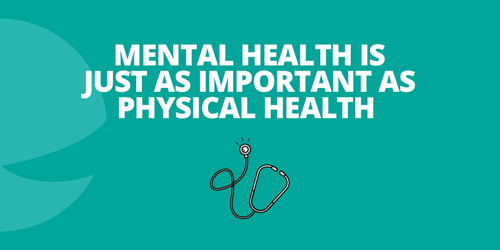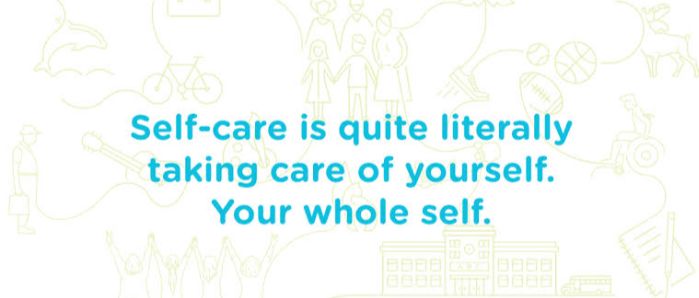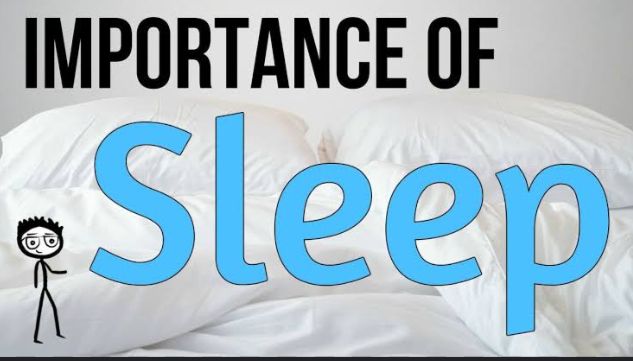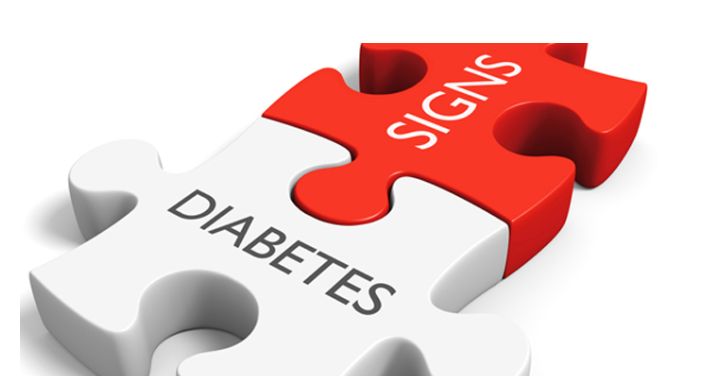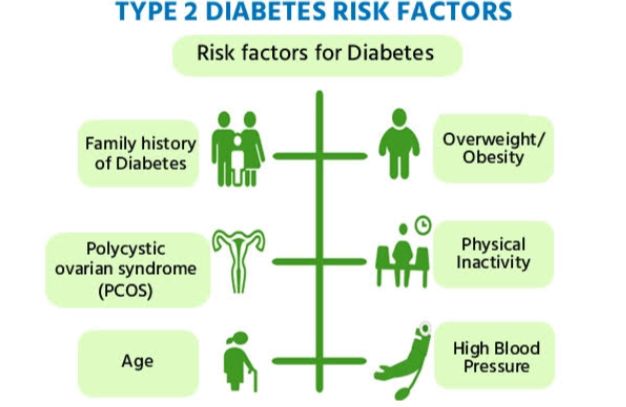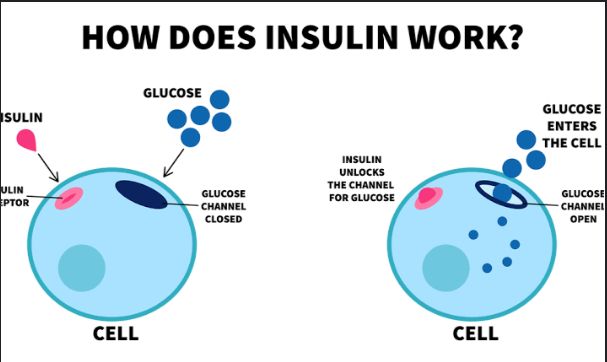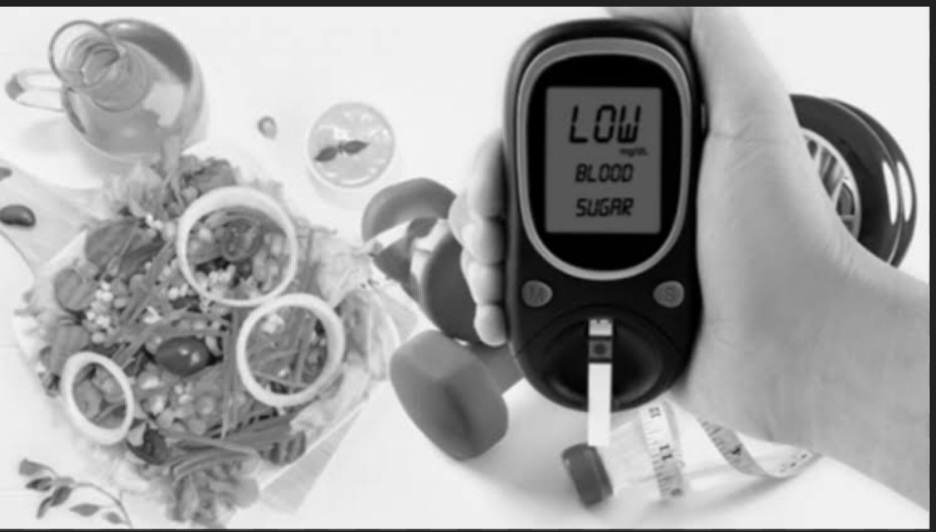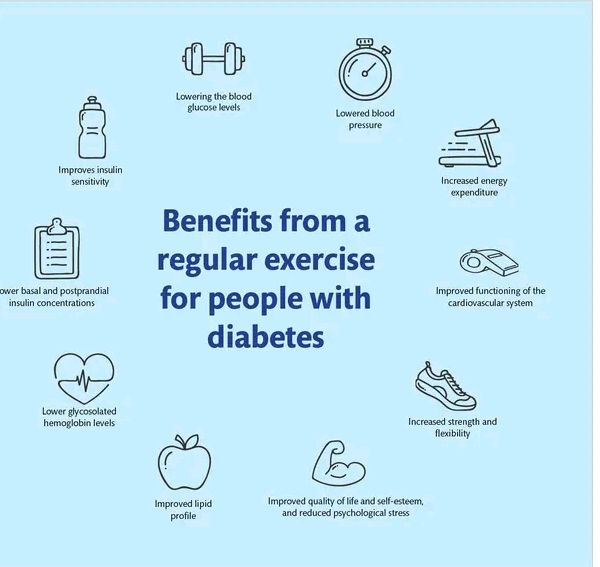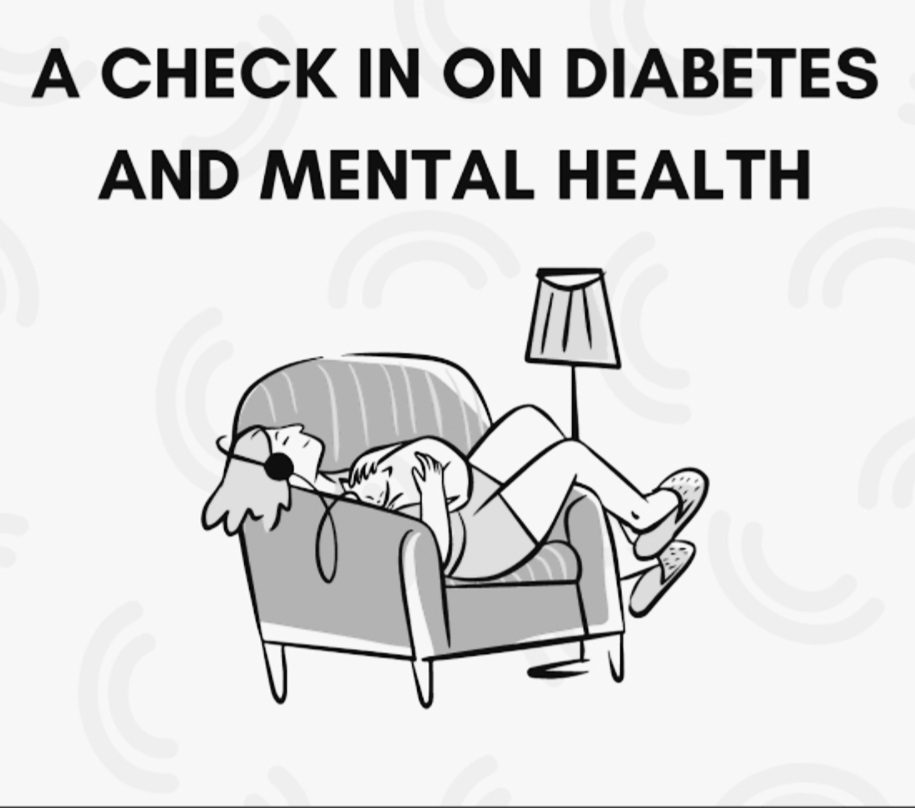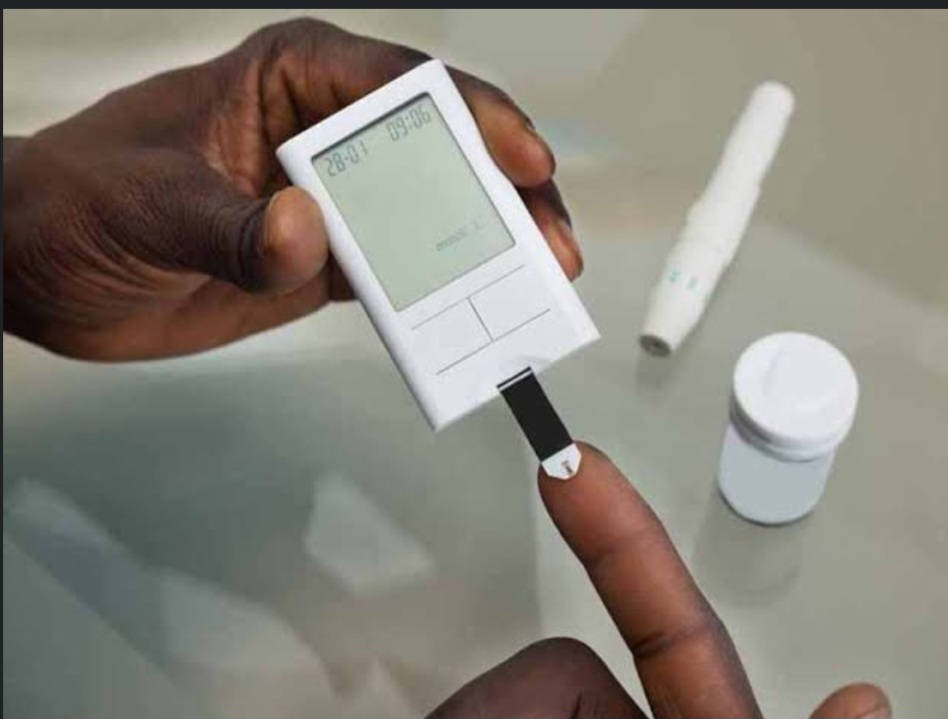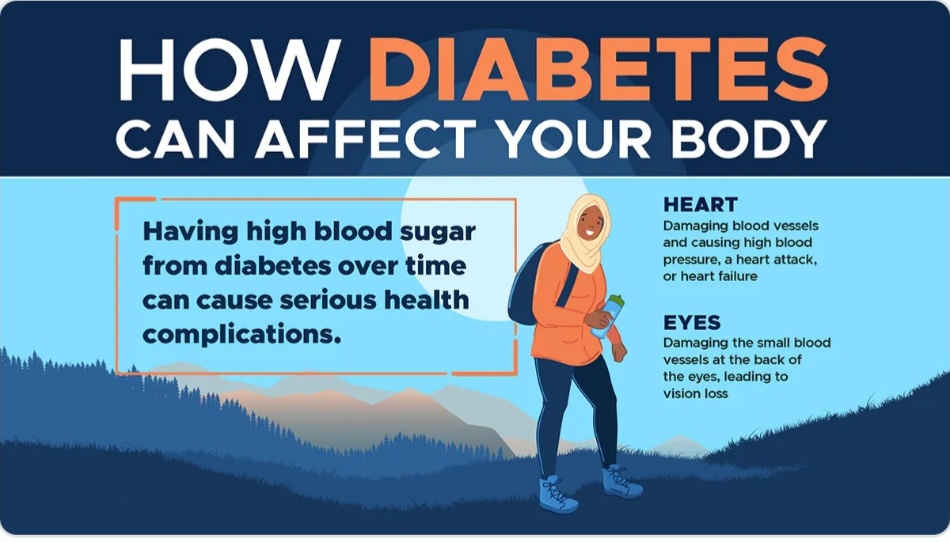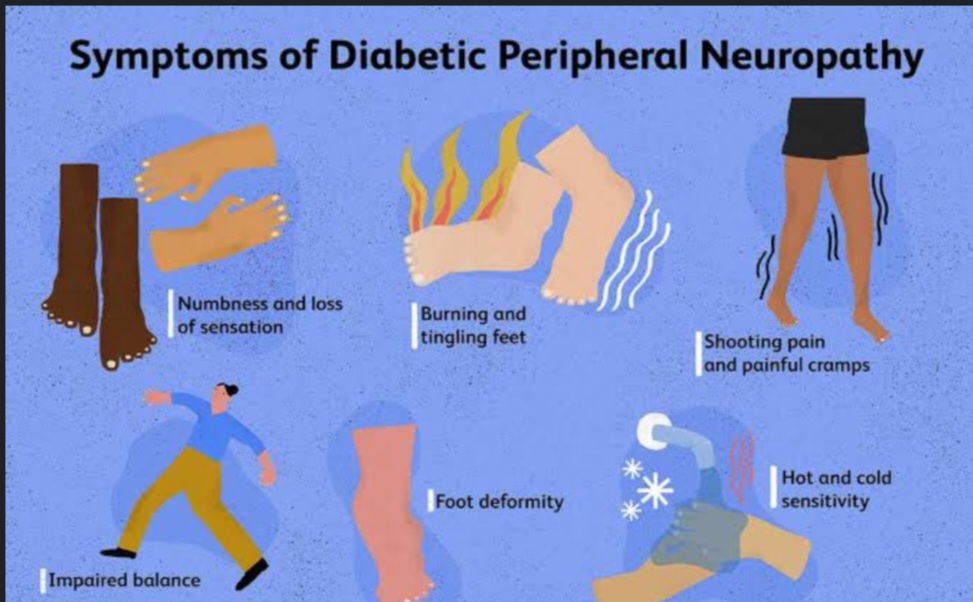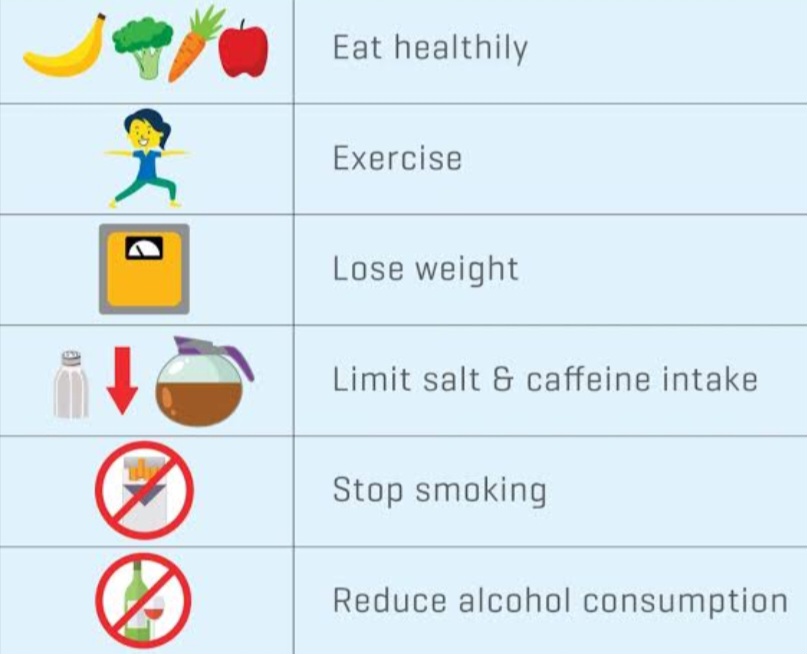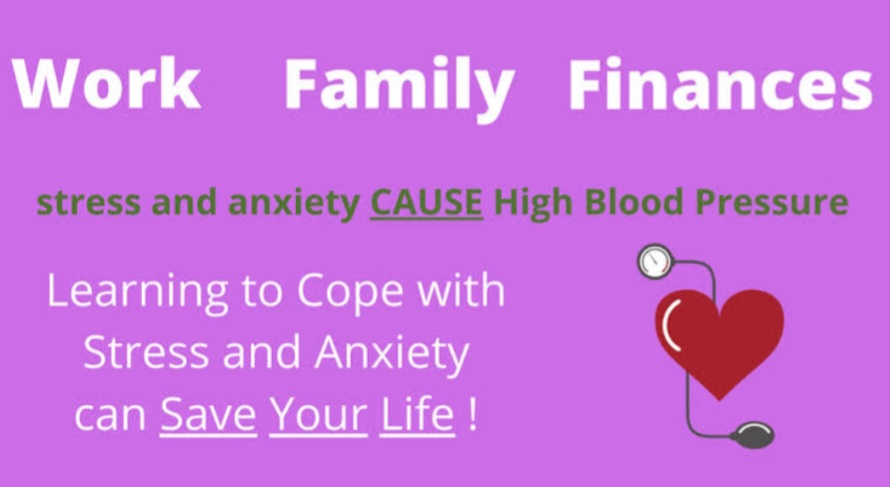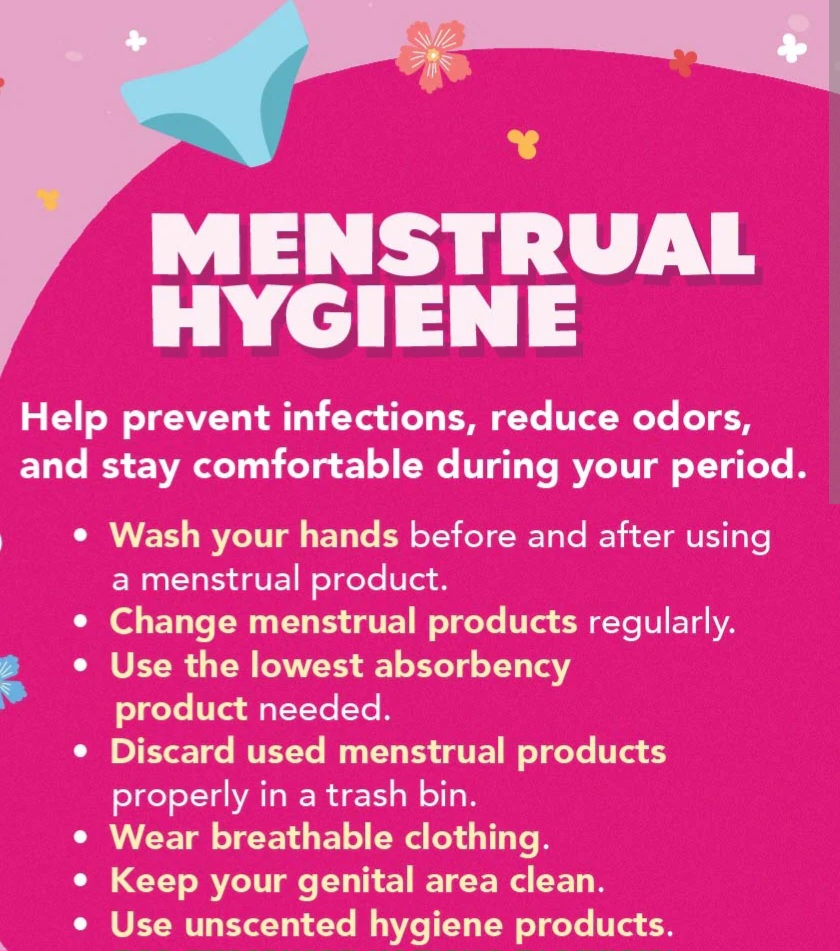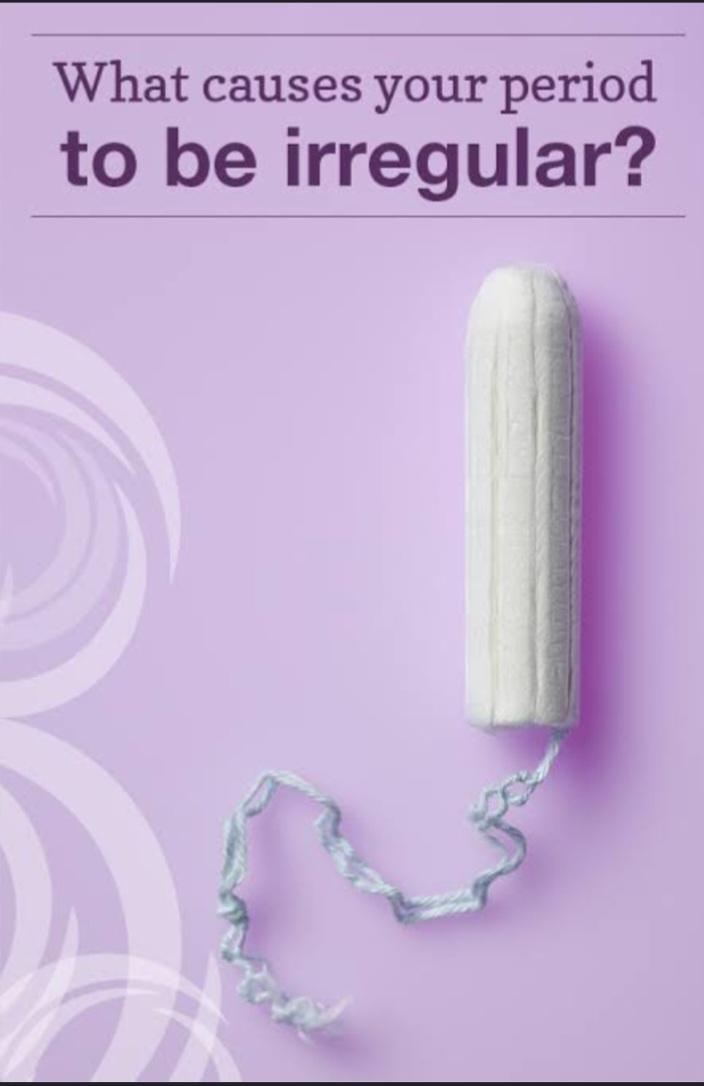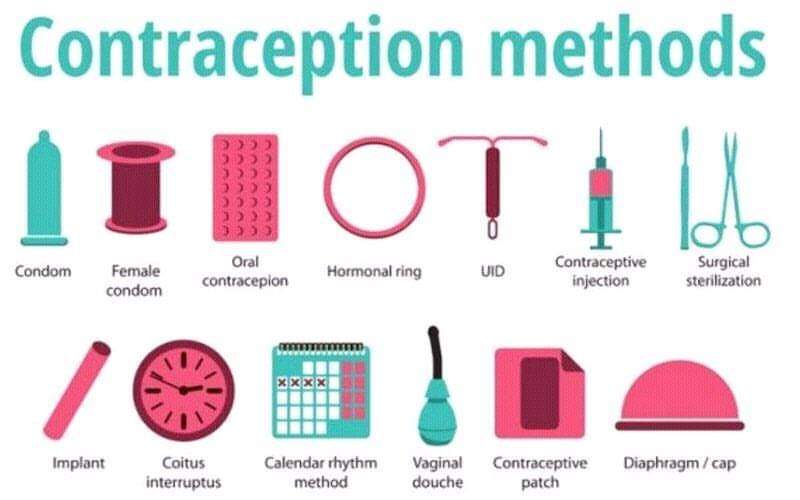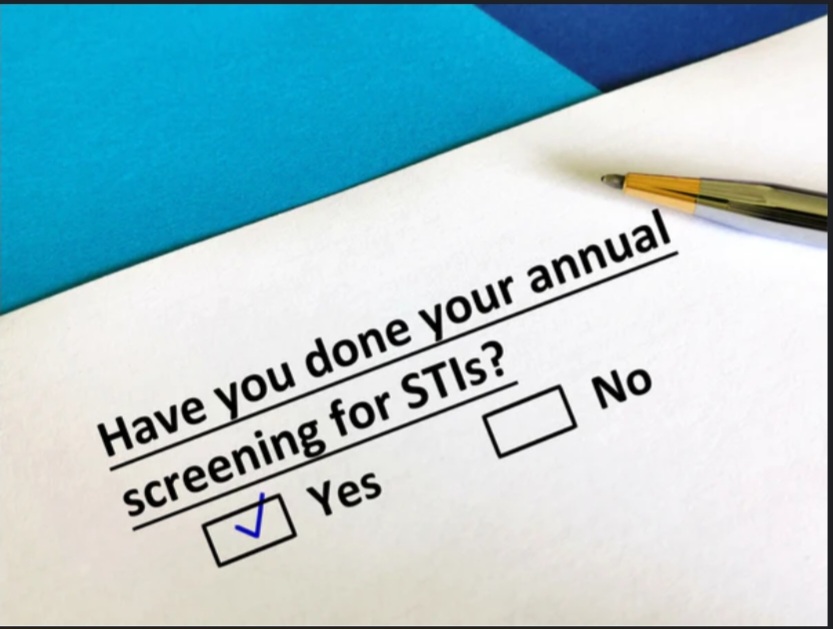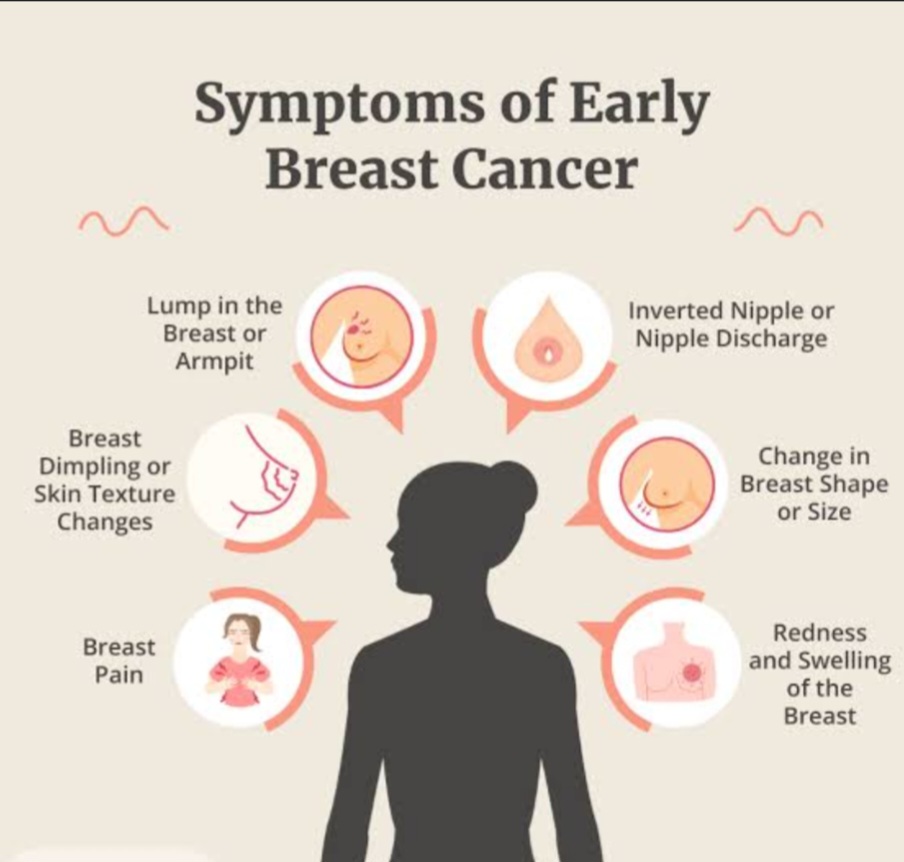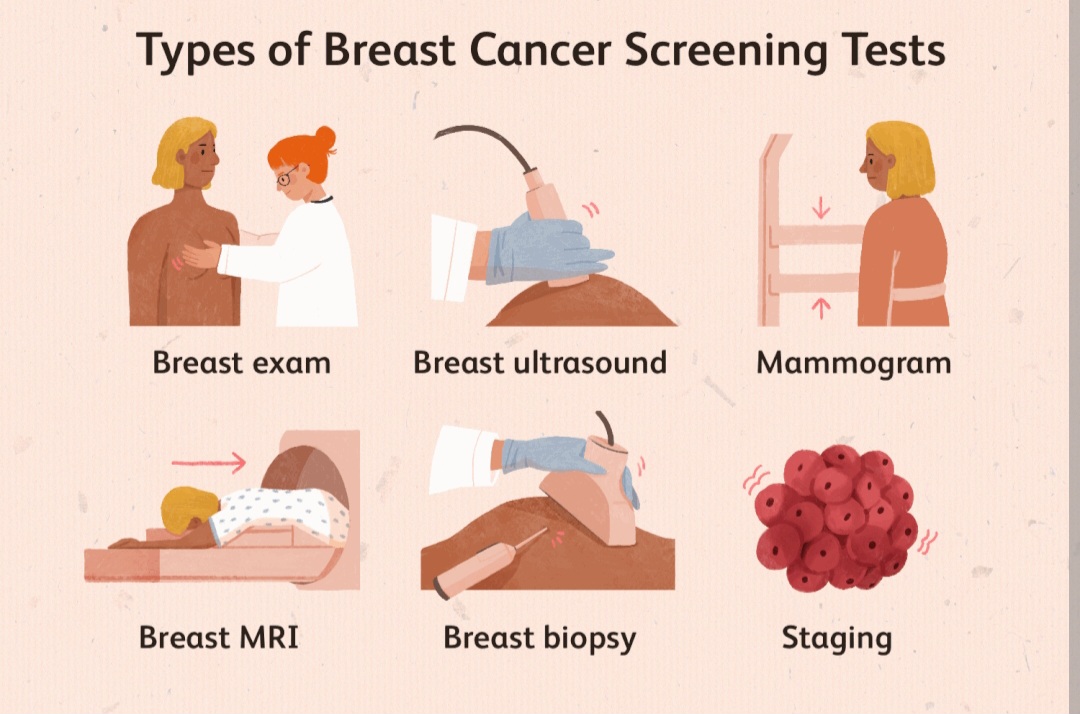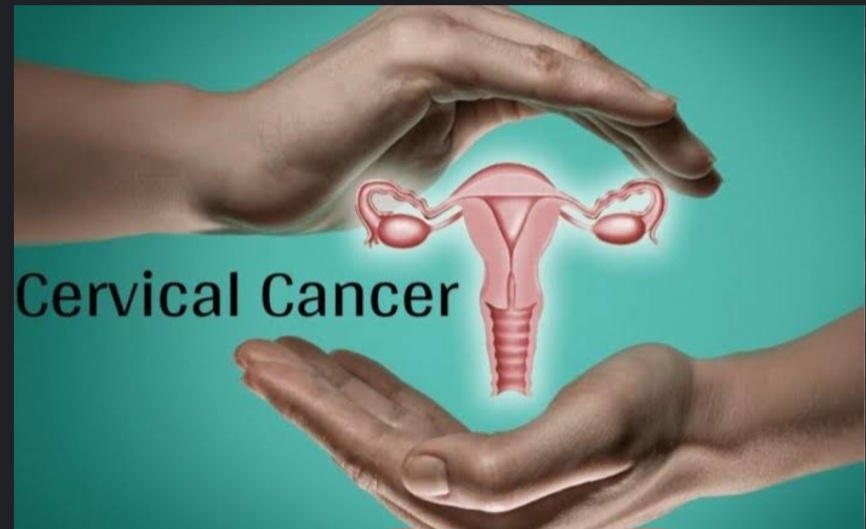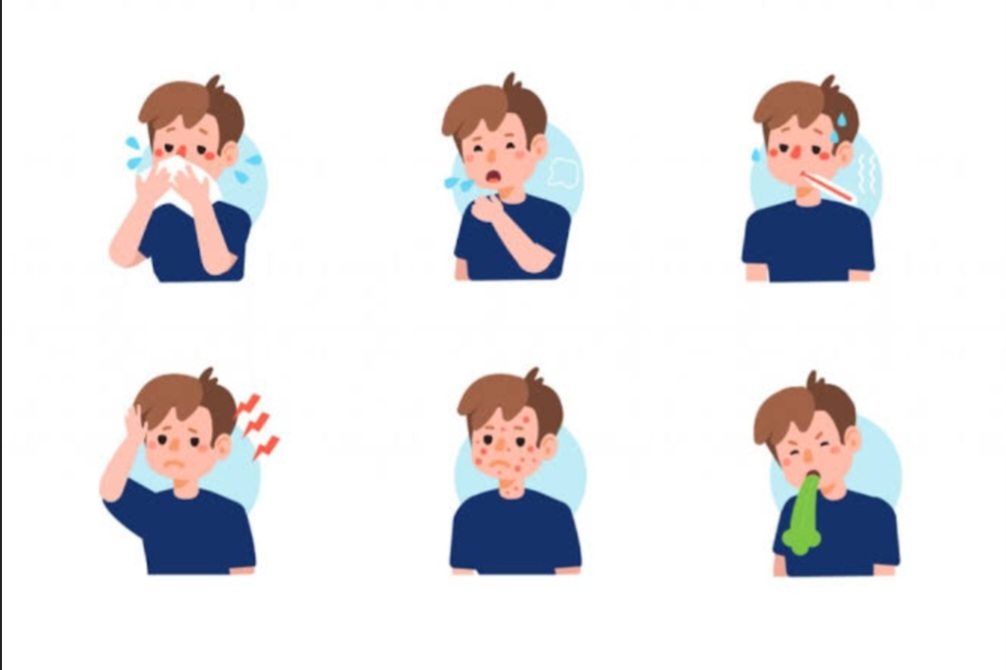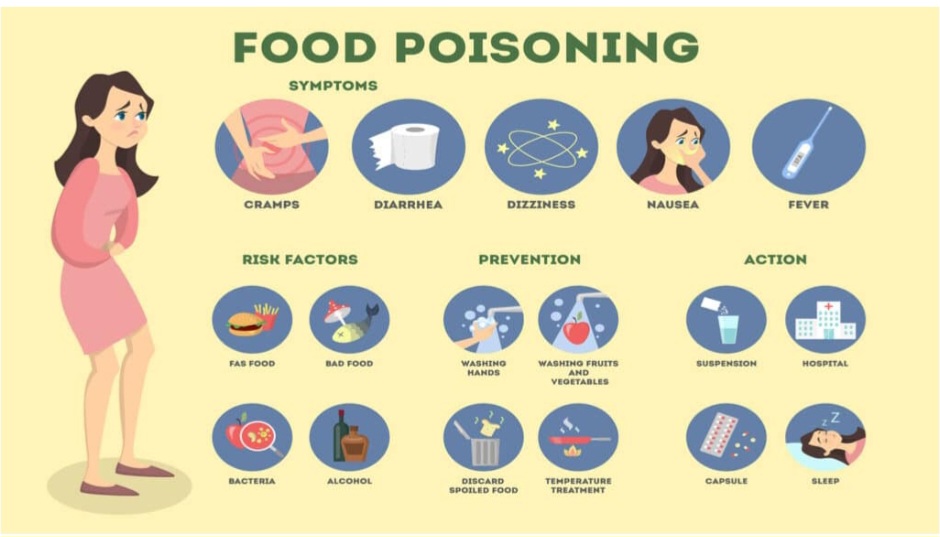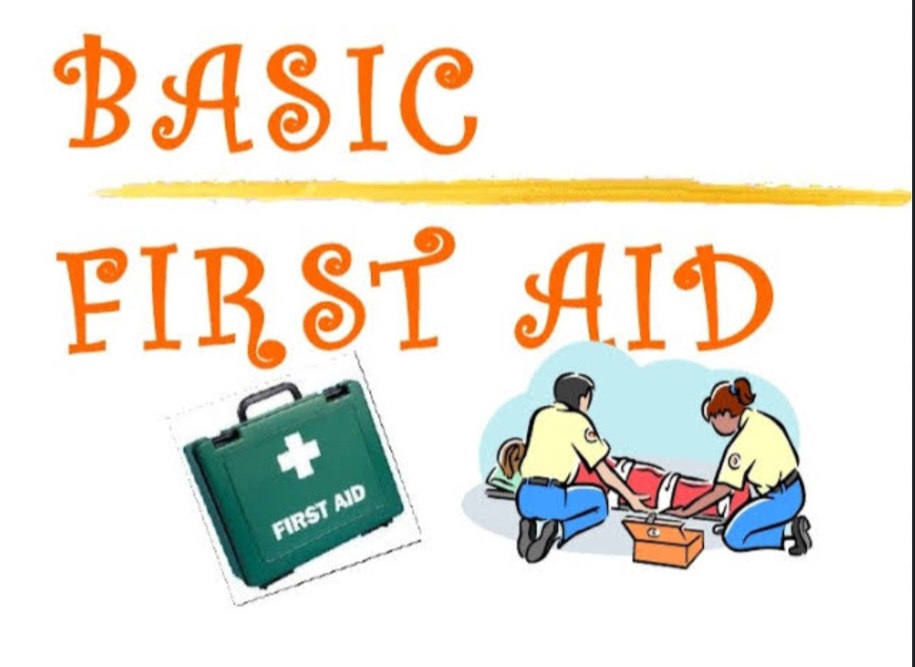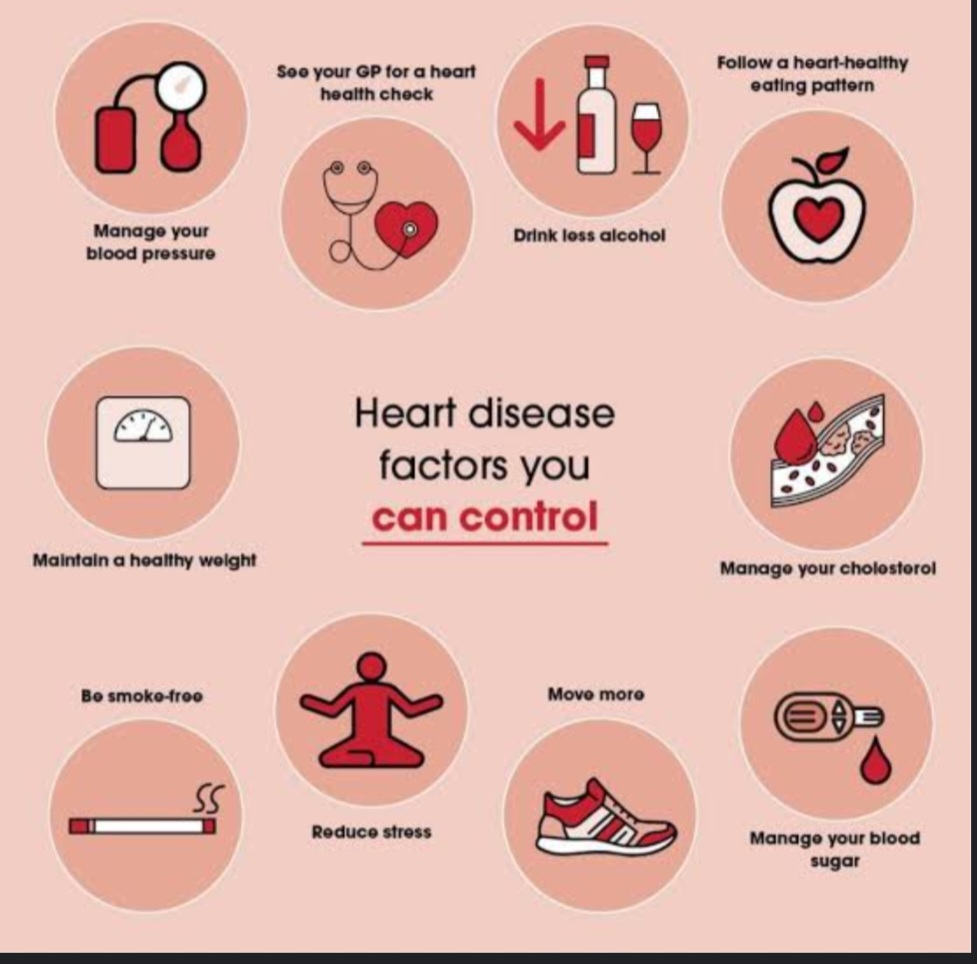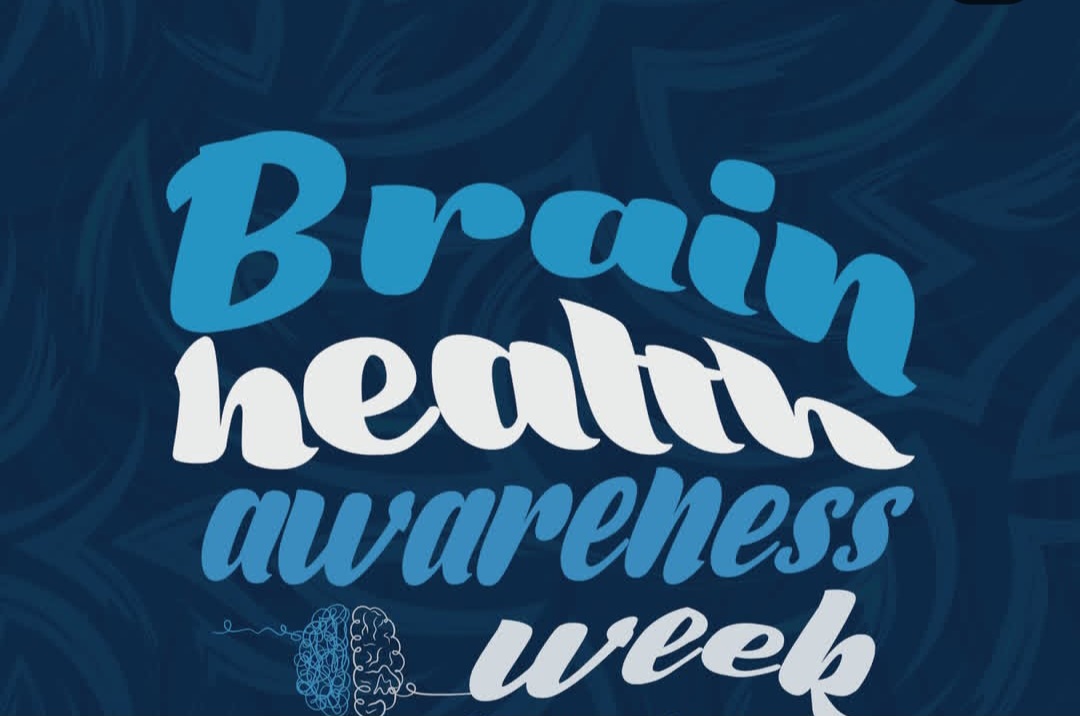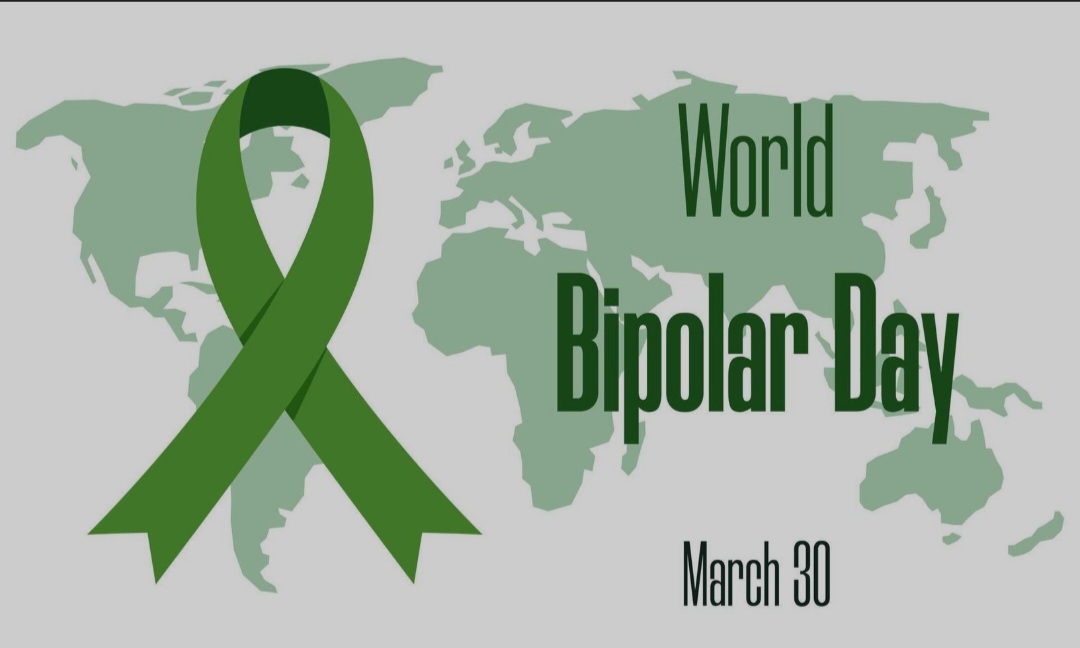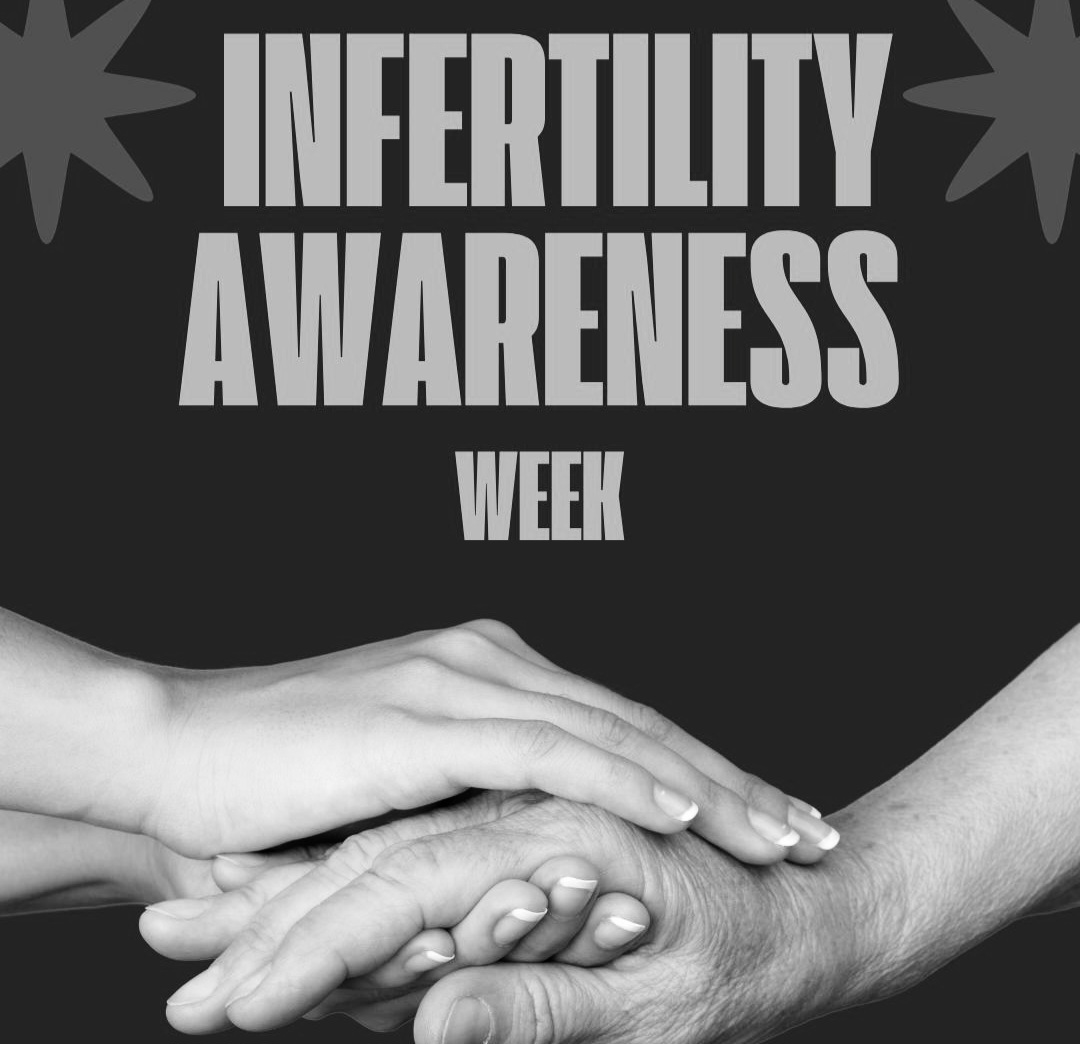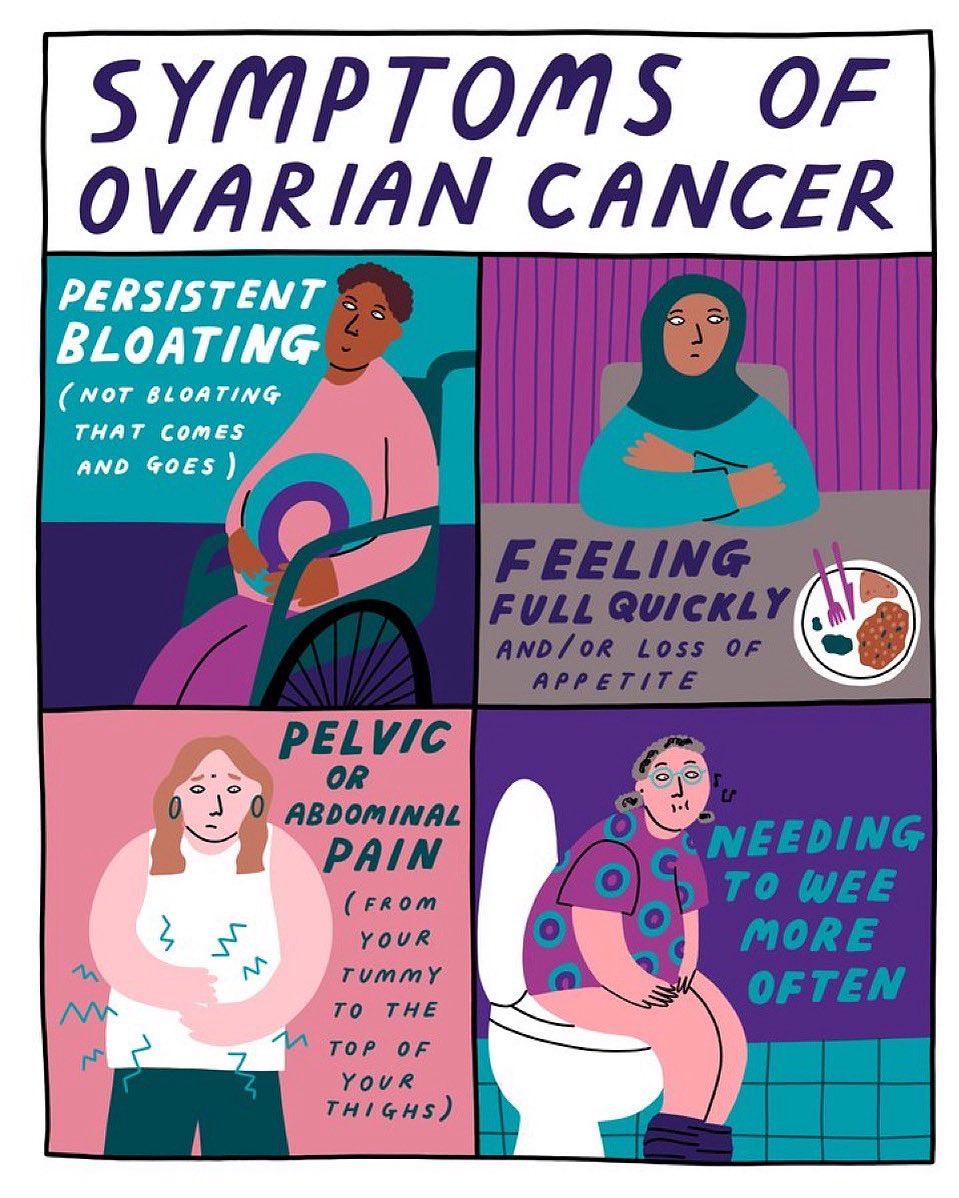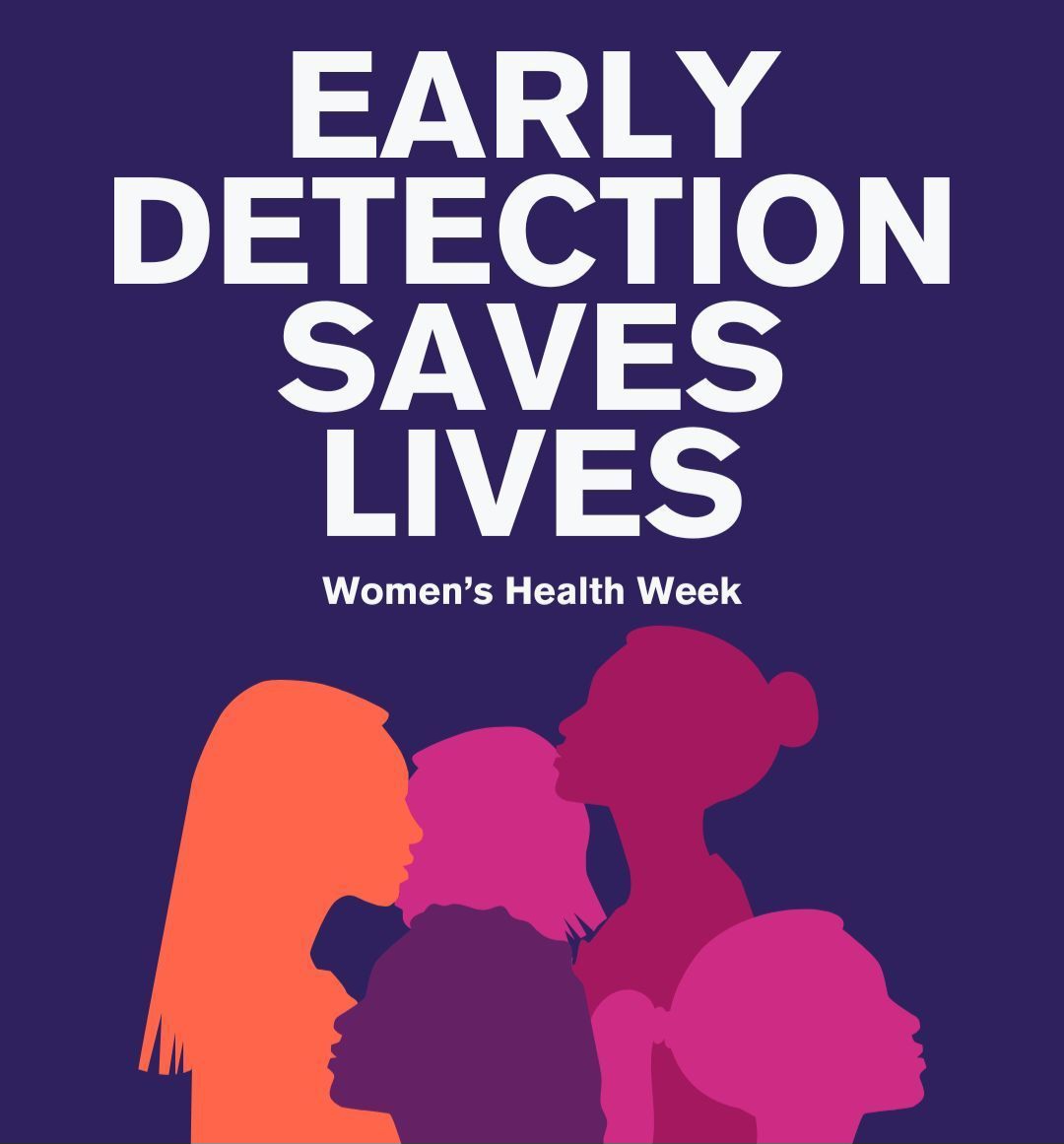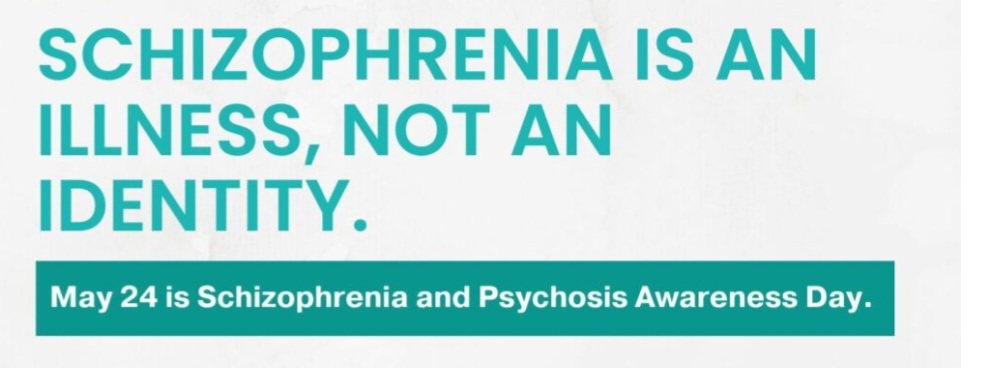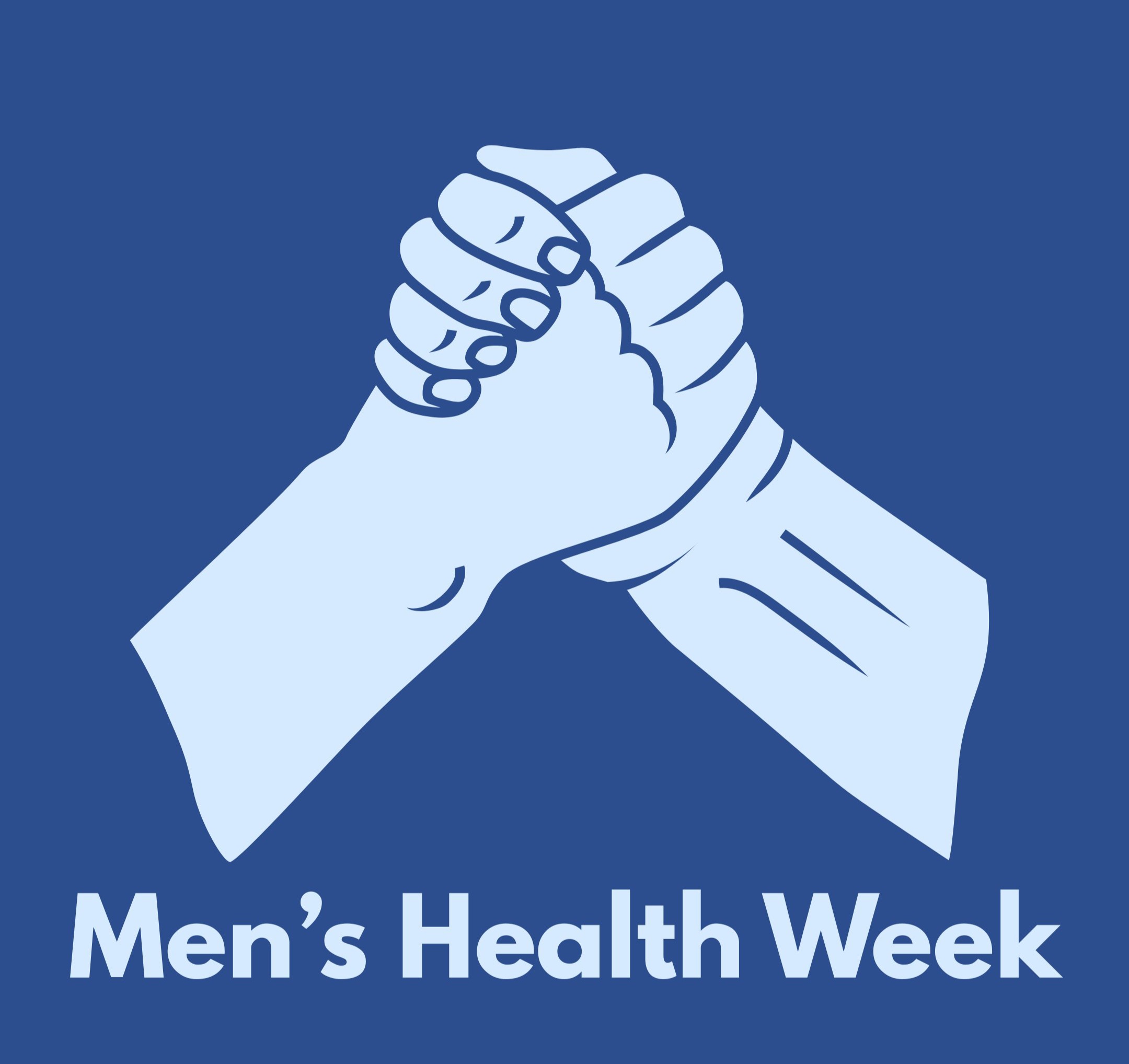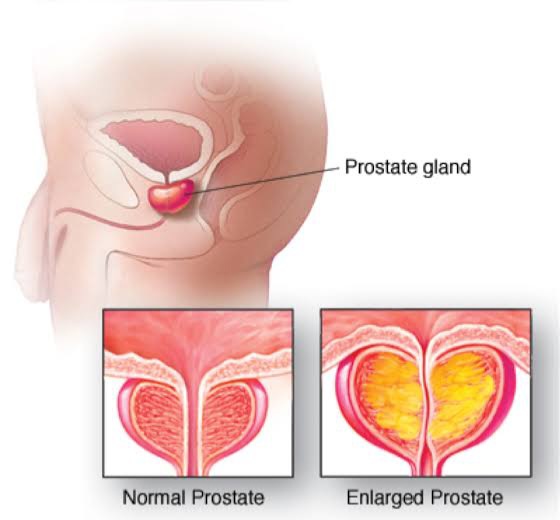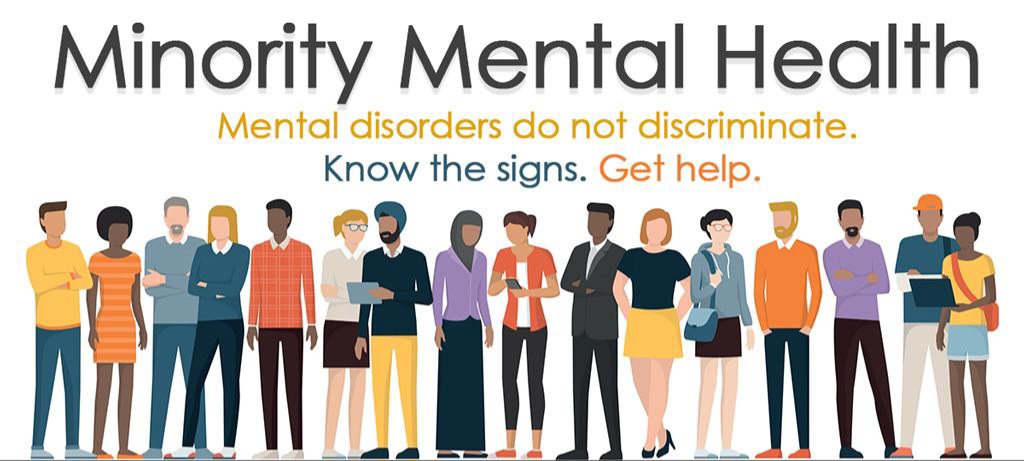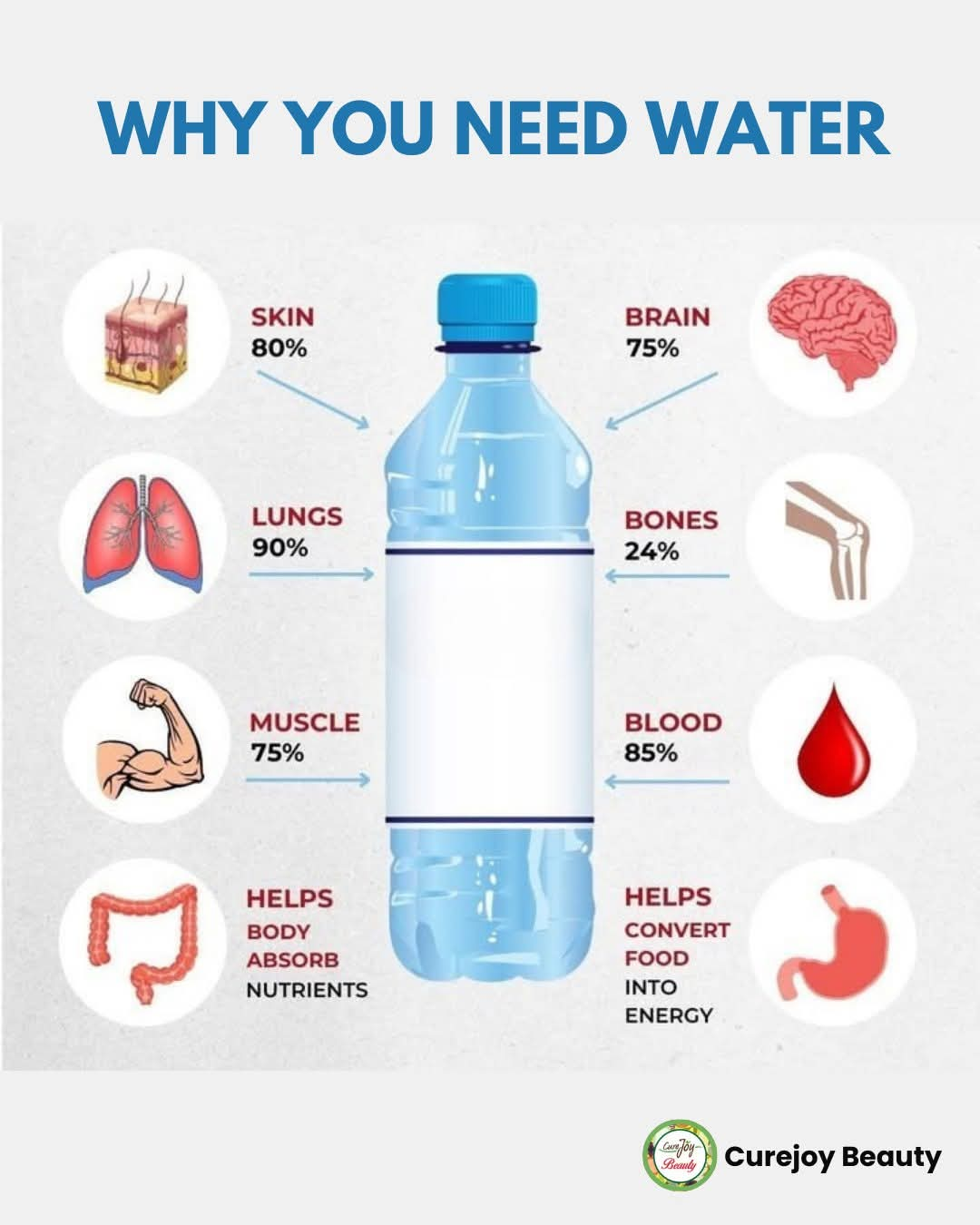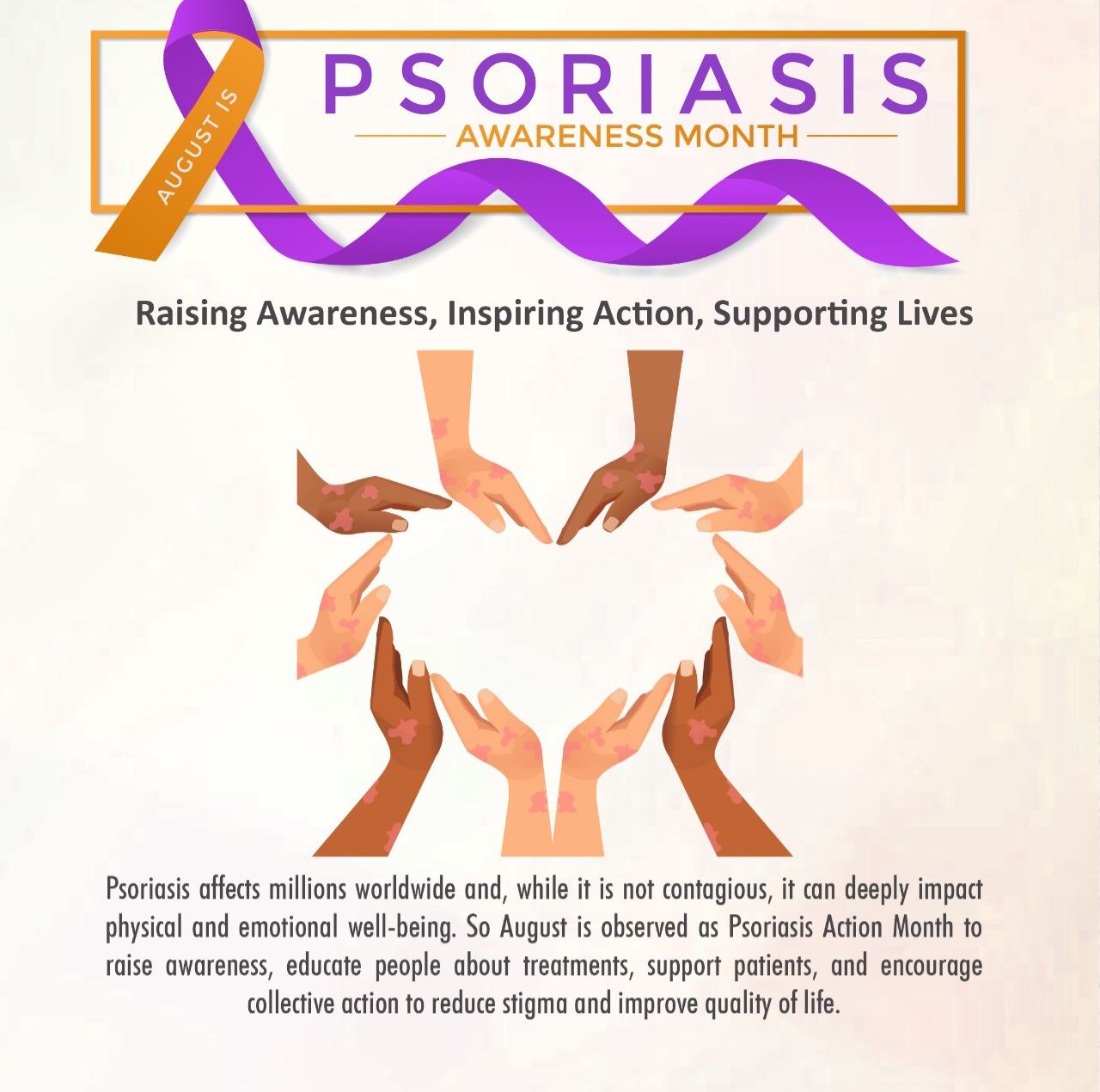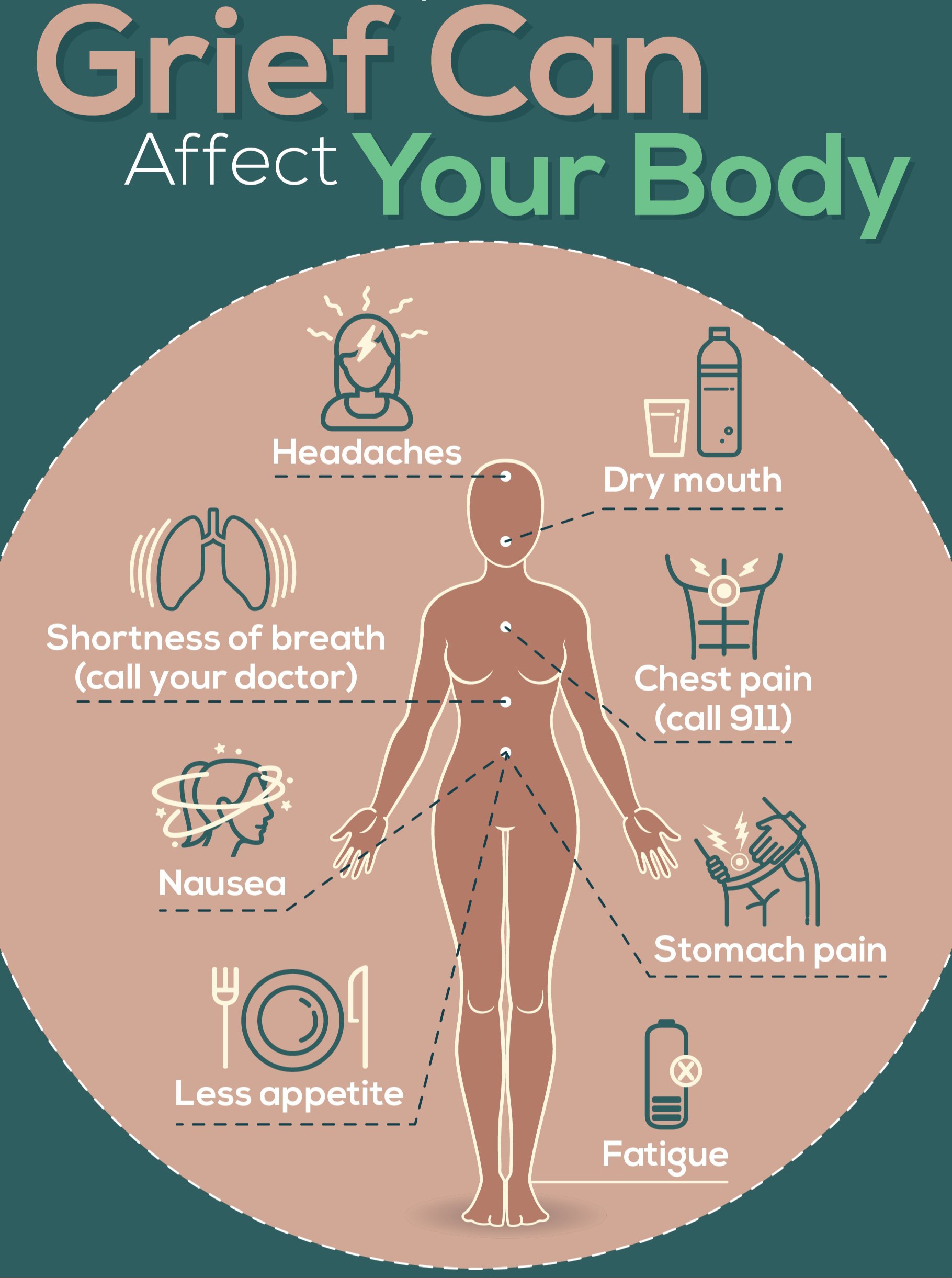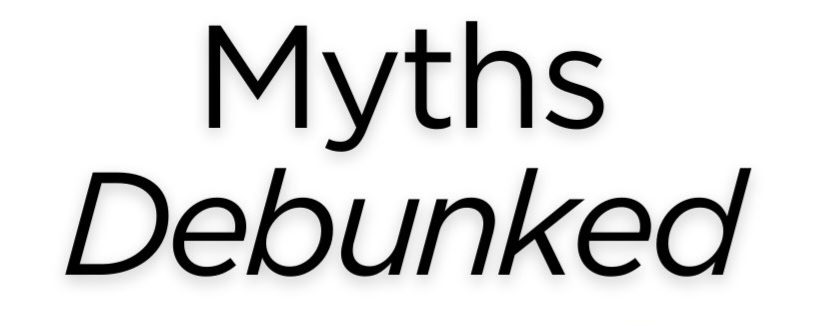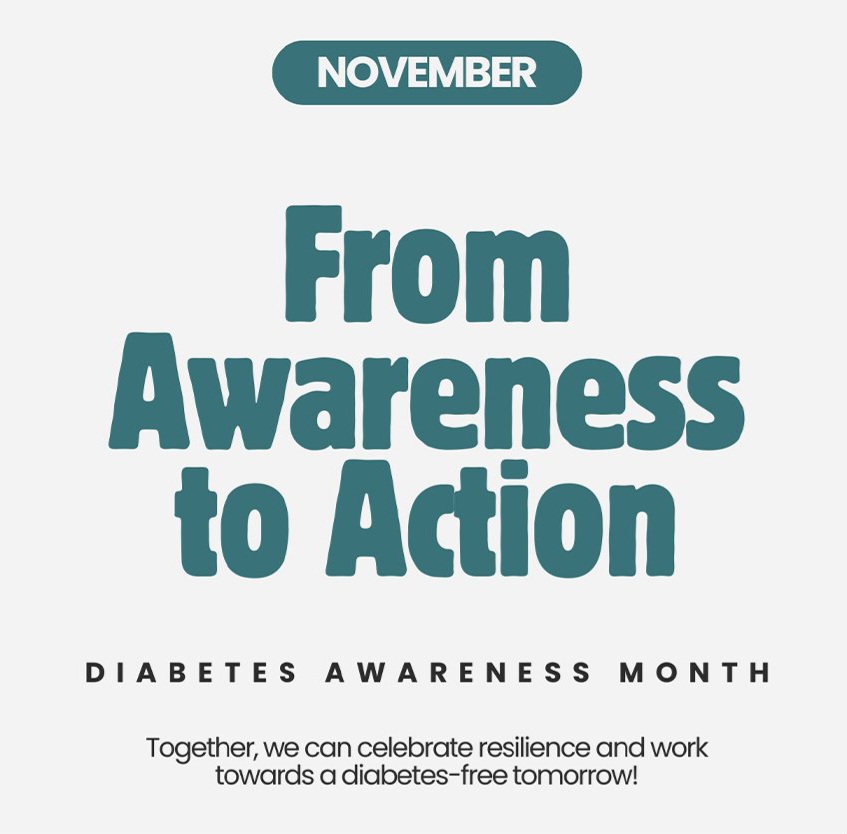Men and Mental Health: Understand and Practice the Cues.
Men are significantly less likely to seek help for mental health problems compared to women.
Cultural norms often encourage men to be “tough,” “silent,” and self-reliant, associating emotional vulnerability with weakness.
This stigma delays diagnosis and access to care, increasing the risk of suicide,
Socio-economic Status and Mental Health in Men also contribute to mental health issues: Unemployment, low income, and job insecurity are strongly linked to depression, anxiety, and poor self-esteem in men.
Practical Tips for Learning Mental Health-Seeking Behaviors
1. Normalize Talking About Mental Health
"If you wouldn't hesitate to see a doctor for a broken leg, don't hesitate for your mind."
Speak about mental health with male peers, family, or colleagues. Normalize check-ins.
Tip: Join or initiate men’s support groups (e.g. barbershop talks, sports clubs with open discussions)
2. Start With Small, Safe Steps
If therapy feels overwhelming, begin by:
Calling a helpline anonymously or
Using a mental health app for men (e.g., Headspace, Calm, MindShift) or
Talking to a trusted person about stress, not “mental illness.” then you grow to...
Tip: Schedule “mental check-ins” the same way you would for physical health.
3. Involve a GP or General Doctor First
Men may feel more comfortable discussing physical symptoms (e.g., fatigue, sleep issues) than emotions.
Start by telling your GP about these symptoms — they often lead to identifying stress or depression.
Tip: Use screening tools like the PHQ-9 (Patient Health Questionnaire) to discuss symptoms.
4. Use Culturally Appropriate and Male-Friendly Services
Seek services that understand the unique way men express distress — often through anger, withdrawal, or risky behavior.
Examples:
Therapy for Men (USA)
StrongMinds (Africa)
“Man Therapy” Campaign – www.mantherapy.org
5. Build a Mental Fitness Routine
Mental health is like physical fitness—it needs consistency and tools.
Daily practice:
Physical activity: 30 minutes walk/run boosts endorphins.
Mindfulness: 5–10 minutes breathing or meditation apps.
Journaling: One line daily—“What stressed me today?” “What went well?”
6. Address Financial Stress Head-On
Financial instability is a key stressor. Mental health support must include:
- Budgeting support.
- Employment counseling.
- Skills training.
Action Step:Reach out to local NGOs, government services, or online platforms offering free financial planning or job counseling.
Example: Kenya’s Huduma Centres, South Africa’s SADAG (South African Depression and Anxiety Group)
7. Role Modeling and Mentorship
Older men or public figures talking openly about therapy or struggle helps younger men learn help-seeking as normal.
Promote healthy masculine identities: strength includes vulnerability.
Key tip: You can follow male mental health advocates on social media. (Reach out to us on social media platforms or e-mail for recommendations)
8. Challenge Harmful Beliefs
Replace “seeking help is weak” with: “Taking control of my mental health is a sign of strength.”
“Asking for help is responsible — for myself and others who rely on me.”
Action Tip:
Use Cognitive Behavioral Therapy (CBT) exercises that reframe negative thoughts.
Utilize Online platforms offering free CBT (e.g., MoodGym, BetterHelp scholarships)
9. Using Therapeutic Communication to Deal with Mental Health Issues
Therapeutic communication refers to intentional, respectful, and emotionally safe ways of expressing oneself and connecting with others to promote healing. It is widely used in counseling—but men can adopt these techniques in everyday life to better manage stress, express emotions, and support each other.
Why It’s Important for Men
-
Many men were never taught how to talk about emotions in a healthy way.
-
Bottling up feelings can increase the risk of anxiety, depression, or aggression.
-
Therapeutic communication helps men express vulnerability safely and receive support without feeling judged.
Practical Therapeutic Communication Techniques for Men
1. Name Your Feelings Without Judgment.
Instead of “I’m fine” or “I don’t want to talk about it” — say:
-
“I’m feeling overwhelmed.”
-
“I’m not okay right now...."
2. Use “I” Statements to Express Need
This helps prevent blame and opens space for discussion i.e:
-
“I feel anxious when I don’t know how I’ll pay my bills.”
3. Listen Without Trying to Fix Everything: Men often feel pressure to offer solutions immediately—but sometimes the best support is presence.
4. Express Emotion in Safe Spaces.
Therapy isn’t the only place to talk. Find safe, judgment-free spaces:
-
A trusted friend or mentor.
-
Online men's support communities.
-
Church, community groups, or organized men's mental health forums.
5. Write to Understand Emotion
Journaling is a powerful therapeutic tool.
Therapeutic Value: Writing slows down your thoughts and helps you identify patterns of stress or anxiety.
6. Set Boundaries Using Respectful Language
Boundaries help men protect their mental space without feeling guilty. Example: “I need to take a break from this..."
7. Practice with a Mental Health Professional
A therapist can guide you in practicing communication skills that are authentic and practical.
Ask your therapist to help you with:
-
Role-playing difficult conversations.
-
Conflict resolution in relationships.
-
Replacing emotional shutdown with expression.

